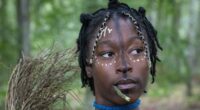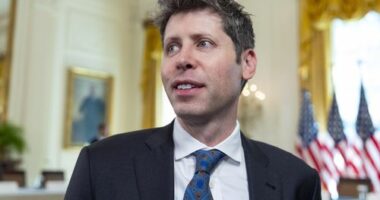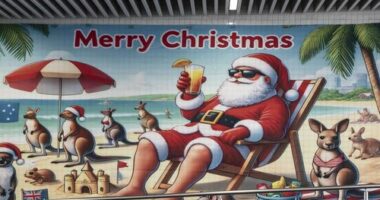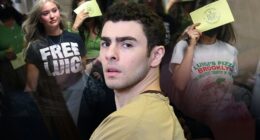Share this @internewscast.com
Key Points
- Out of 78,092 children accessing specialist homelessness services in 2023-24, 13,301 were without adult accompaniment.
- Australia has not previously reported statistics specifically on unaccompanied homeless children.
- Advocates are calling for a national strategy to identify children at risk of leaving their homes.
“When discussing a 12-year-old needing shelter, the physical building is the least of our concerns,” she remarked.
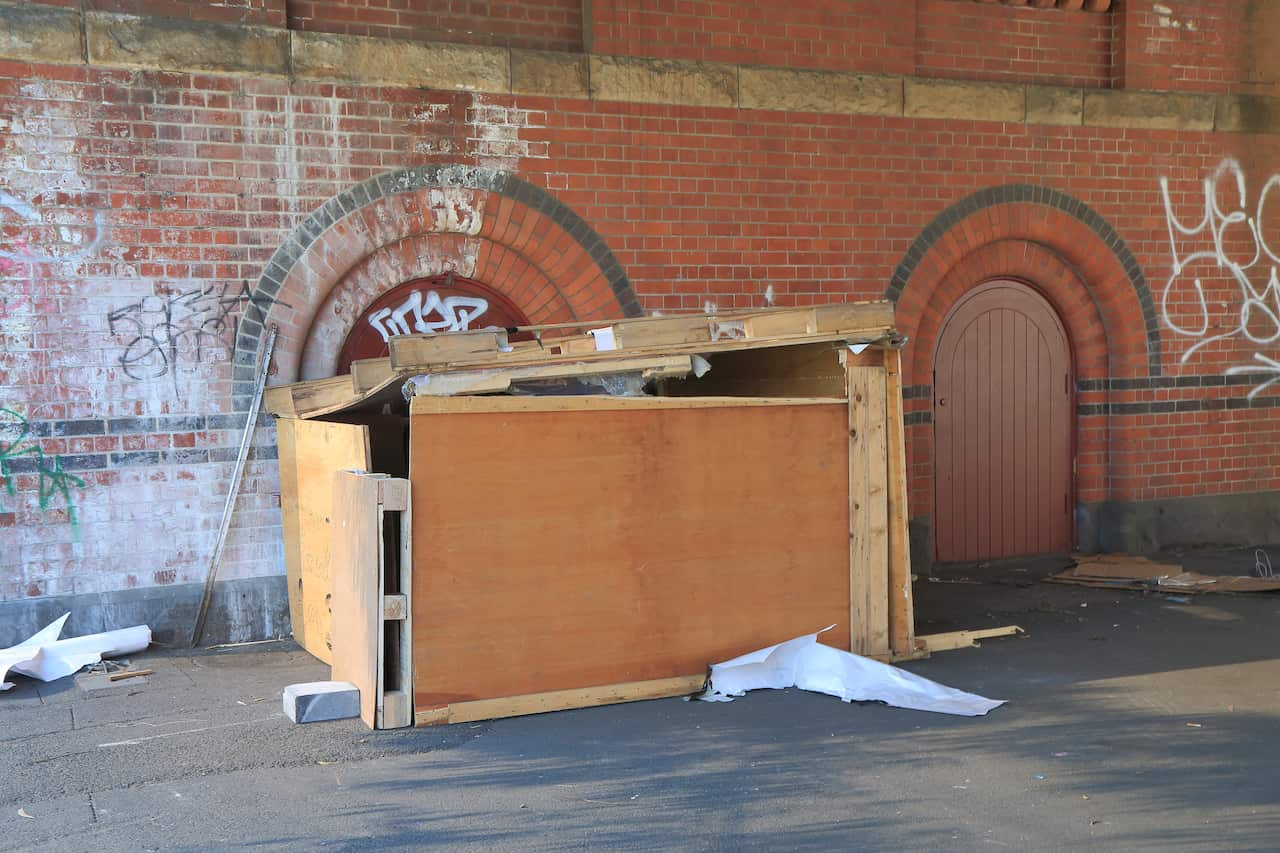
Children without homes often flee harmful environments but, as unaccompanied minors, they face further dangers. Source: Getty / TkKurikawa
Catherine Robinson is a communities and social justice associate professor at the University of Tasmania. She told SBS News she was hopeful the release of this data would prompt action as child homelessness in Australia had been “invisibilised” until now.
“It’s the first occasion they’ve produced an independent report using the term ‘unaccompanied homeless children,’ focusing on records specific to this group.”
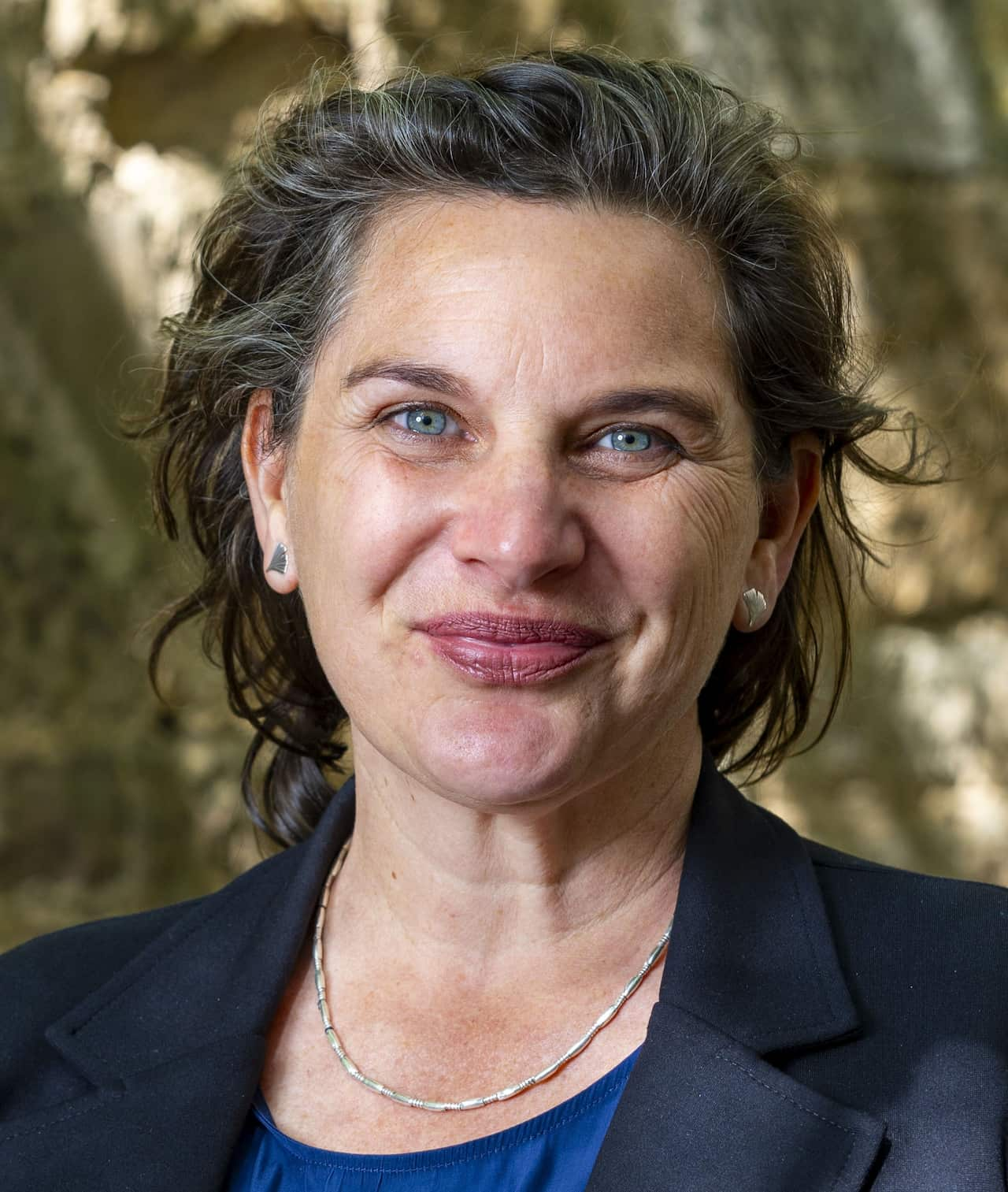
Catherine Robinson, associate professor in communities and social justice at the University of Tasmania, has praised the release of this data from the Australian Institute of Health and Welfare. Source: Supplied / Richard J Ho, Minch Media
She said this had influenced people’s perception of homelessness in Australia.
“Previously, discussions of youth homelessness have overlooked the specific problem of child homelessness, allowing governments and the community to evade responsibility,” she commented.
Factors influencing and the trauma of child homelessness
She pointed out that once a child experiences unaccompanied homelessness, they are exposed to other youths and circumstances “they likely shouldn’t be.”

Home Base chief executive officer Di Underwood says staff within the Tasmanian-based service dealt with unaccompanied children who were experiencing homelessness, as young as 10 years old. Source: Supplied
Robinson said there was a shortage of crisis care available for children to access, and “if our governments don’t want to provide safe accommodation for our children, there are other people in the community who do provide that accommodation, and they’re not the kind of people that we’d want children to be staying with.”
“That could include violent peers and exploitative partners, it’s very common for girls, you might have a 14-year-old staying with their 19 or even 24-year-old boyfriend and they’re completely dependent on that young man for their accommodation, so lots of girls report absolutely horrific intimate partner violence because they’re entirely trapped,” she said.
“We want to see that that process is extremely rigorous, I’m not suggesting it shouldn’t be, but that tells you that there’s a particular threshold and definition of which children will be offered out-of-home care, homelessness in itself does not ensure a child meets the threshold for a child protection response,” Robinson said.
Statistics only show part of the problem
Therefore, whilst she said the data provided “a great indicator, it’s not a representation of the reality of this issue”.
Addressing child homelessness
Robinson said early intervention mechanisms, particularly in schools and health services were required for the early identification of families and children individually who might be struggling and “on a pathway to having to exit home early because those family relationships are broken down”.
She said while homelessness in terms of adults was about having physical housing stock and providing the support for individuals to be able to manage a tenancy “when we’re talking about children who are homeless, particularly young children, it’s about providing a pathway for them into an environment where they’re getting the care they need, you can’t set a 13 year old up in a tenancy.”
Poor outcomes for children experiencing homelessness
Colvin said this highighted the “shocking risks” that children face when they are homeless.

Homelessness Australia chief executive Kate Colvin wants to see a national action plan on child homelessness created to address the issue affecting thousands of Australian children every year. Source: Supplied
“Before they’ve come to a homeless service, generally, they’ve had really traumatic experiences, then they come into homelessness, and often have further traumatic experiences of not getting the help they need around violence and exploitation,” she said.
Minister for Homelessness and Housing Clare O’Neil has been contacted for comment.
